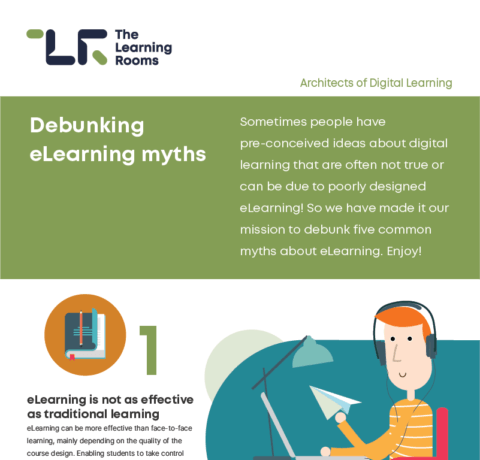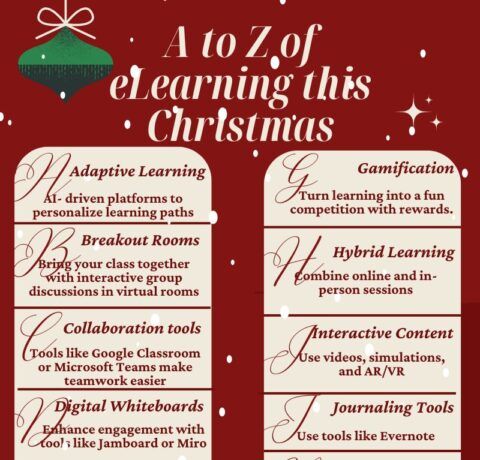The How to Design an Online Course Infographic outlines some of the key components to creating an online course. Naturally, not every item is an absolute necessary (many of which will depend on your needs), but they all do provide value for your online courses.
More than ever, it is important that you encourage online interaction and feedback mechanisms for the students in the online courses. Here are 5 Tips to Add Interaction to Your Training Courses. Some platforms make this easier than others, so make sure you do ample research as you select the best one for your situation.
With the “bones” (software) in place, you can then begin the fun part: finding content for your course. As theinforgraphic details, there are a large range of tools available at your disposal. Depending on the content being taught, you can certainly find a medium that is best suited for your needs. In fact, it seems like every day there are new tools emerging to make the sharing of information easier and more user-friendly. Student interaction is also a key component to the success of your online program. Additionally, make sure that you make the course accessible to all students through its design. The user experience should be clean, intuitive, and consistent.
In the Awesome e-Learning Course Guide you will find the top 10 tips for creating e-Learning courses that are effective, engaging, and immersive.







You can adjust your cookie preferences here.